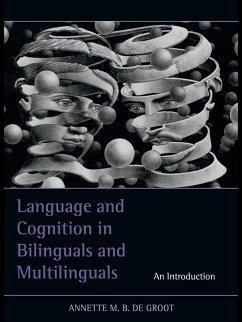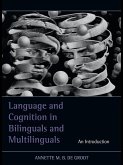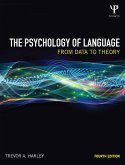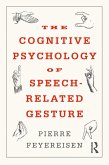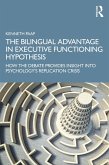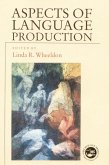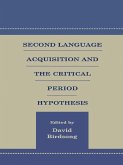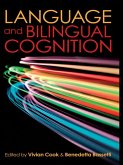This textbook introduces the reader to the field of study that examines language acquisition, comprehension and production from the perspective of the bilingual and multilingual speaker. It furthermore provides an introduction to studies that investigate the implications of being bilingual on various aspects of non-linguistic cognition. The major topics covered are the development of language in children growing up in a bilingual environment either from birth or relatively soon after, late foreign language learning, and word recognition, sentence comprehension, speech production, and translation processes in bilinguals. Furthermore, the ability of bilinguals and multilinguals to generally produce language in the "intended" language is discussed, as is the cognitive machinery that enables this. Finally, the consequences of bilingualism and multilingualism for non-linguistic cognition and findings and views regarding the biological basis of bilingualism and multilingualism are presented.
The textbook's primary readership are students and researchers in Cognitive Psychology, Linguistics, and Applied Linguistics, but teachers of language and translators and interpreters who wish to become better informed on the cognitive and biological basis of bilingualism and multilingualism will also benefit from it.
Dieser Download kann aus rechtlichen Gründen nur mit Rechnungsadresse in A, B, BG, CY, CZ, D, DK, EW, E, FIN, F, GR, HR, H, IRL, I, LT, L, LR, M, NL, PL, P, R, S, SLO, SK ausgeliefert werden.
"De Groot offers a comprehensive and complete state-of-the-art approach to language and multilingualism." - Kees de Bot, University of Groningen, The Netherlands, in the Dutch Journal of Applied Linguistics
"[This book] is an important volume that provides a theoretically sophisticated, lucid, exceptionally well-written overview of the complex, interdisciplinary field of psycholinguistics. ... [The book] provides far more than its title would lead one to expect. It provides a beautifully clear blend of cutting-edge theory, a thorough and well integrated overview of important trends in the current literature, an exemplary model of critical thinking, and a sound basis for experimental analysis of thought and language. ... The author has produced a work of lasting value that should become a standard text in this important emerging specialty field." - James A. Moses Jr., Ph.D., Stanford University School of Medicine, USA, in PsycCRITIQUES
"This volume is a really impressive achievement and a major contribution to the field. It provides historical depth, lucid exposition and up-to-date theoretical treatment." - David W. Green, Ph.D., University College London, UK
"The introductory nature of the book and format of the chapters, including the introduction, methods and task, evidence and summary of the main findings provides a coherent structure making the book easy for anyone to read: bilinguals, bilingual program administrators, interpreters and bilingual teachers. The glossary, figures and references provided in the book should also encourage graduate students and researchers in the field of bilingualism and psycholinguistics to conduct future research on bilingualism." - Muhammad Asif Qureshi, Department of English, Northern Arizona University (NAU), Flagstaff, Arizona, USA

